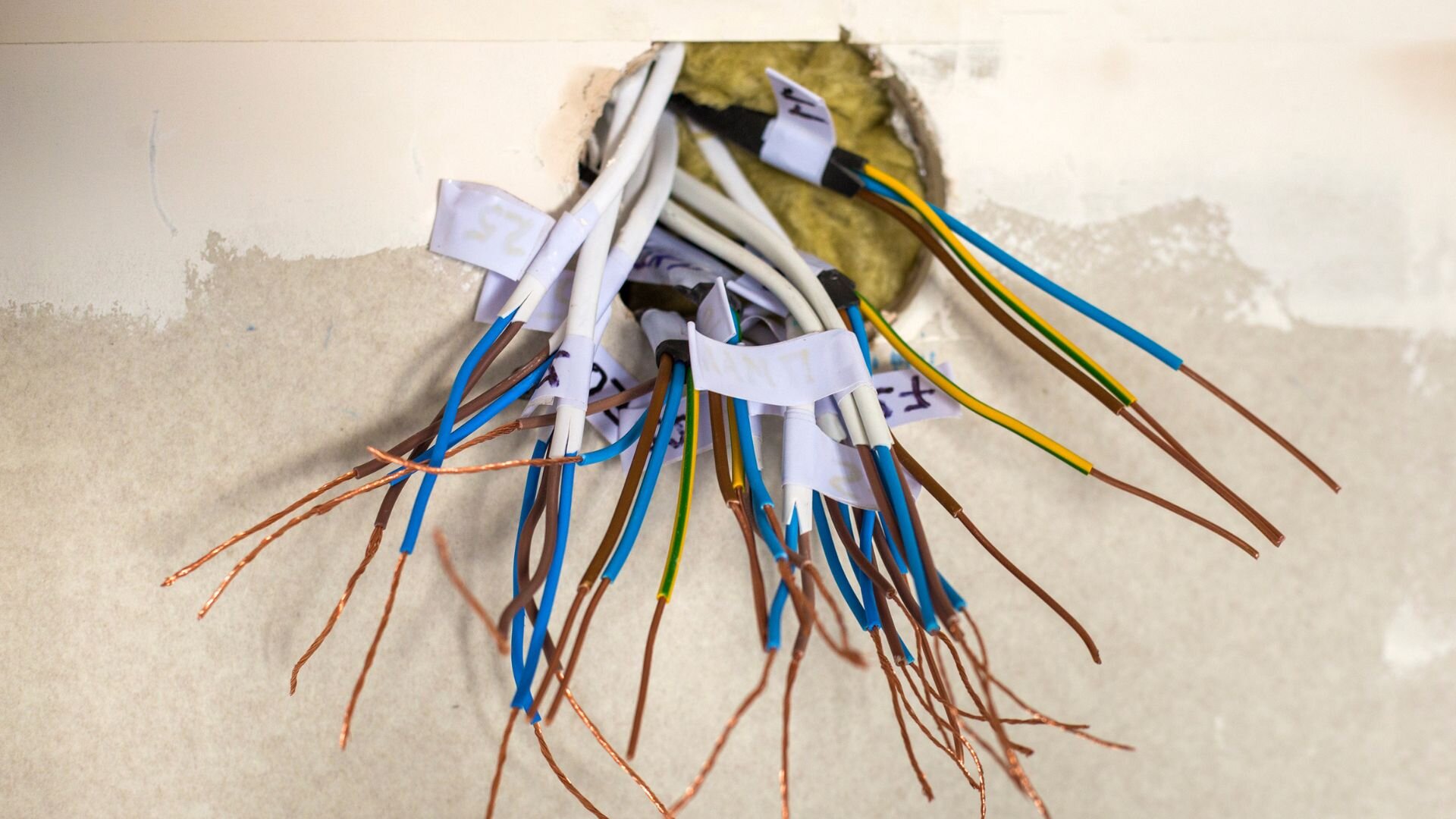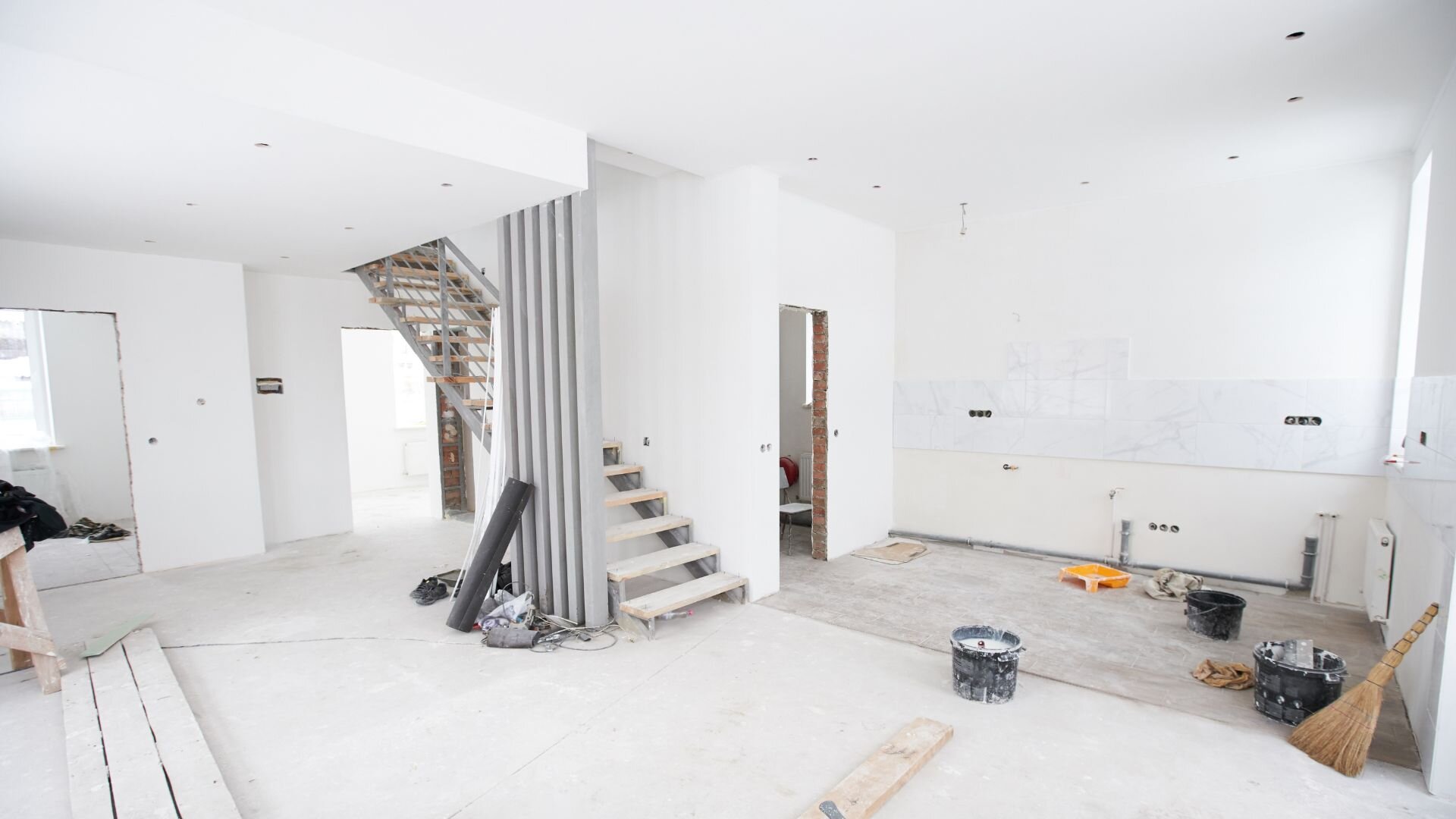Did you know that poorly planned renovations can result in serious safety issues and increased costs? In Australia, the construction industry accounted for 14% of worker fatalities in 2022 ( Safe Work Australia) . This underscores the importance of meticulous planning, particularly in electrical renovations, which are among the most critical aspects of home improvement projects.
Crafting a detailed electrical renovation plan is key to keeping your project safe, compliant, and efficient. A thoughtfully developed plan doesn’t just guard against expensive errors—it also makes your renovation journey smoother and easier to manage.
In this blog, we will explore the key components of a comprehensive electrical renovation plan. Learn more about home buyers electrical checklist. From assessing your current electrical system and defining your needs to selecting the right materials and ensuring compliance with local codes, we’ll cover everything you need to know to plan your electrical renovations effectively. Proper planning can significantly enhance the safety, functionality, and value of your home. Let’s dive in!
Assessing Your Current Electrical System

Renovating your electrical system is a crucial step to ensure safety and functionality in your home. Here’s how to comprehensively assess your current setup.
Evaluate Existing Setup
Start by examining the wiring, outlets, and overall condition of your electrical system. Check for any exposed wires, outdated components, or signs of wear and tear. Ensure that all outlets are functioning properly and that there are no tripped breakers or blown fuses. Inspect the electrical panel for any rust or corrosion, which could indicate a need for replacement.
Identify Needs and Goals
Determine your renovation needs and goals by considering what new appliances or devices you plan to add. Assess whether your current system can handle the additional load. Think about improving safety features, such as installing ground fault circuit interrupters (GFCIs) in wet areas and arc fault circuit interrupters (AFCIs) in living spaces. Make a list of your priorities, including energy efficiency improvements and smart home integrations.
Professional Inspection
It’s essential to have a licensed electrician conduct a thorough inspection of your electrical system. A professional can identify potential hazards, ensure compliance with local codes, and verify that your system is capable of supporting your renovation plans. This step is crucial for preventing future problems and safeguarding your home.
Planning the Electrical Layout
An effective electrical layout is essential for both functionality and safety in any renovation project. Here’s a guide to planning your new electrical system.
Create a Blueprint
Start by drawing a detailed blueprint of your space, marking the locations of all walls, doors, and windows. Identify where you want to place outlets, switches, and fixtures. Consider the layout of furniture and appliances to determine the most convenient and practical locations.
For example, outlets should be accessible for everyday use, and switches should be placed near room entrances. Ensure that there are enough outlets to avoid overloading circuits and to accommodate all your devices. Use symbols and labels to clearly indicate each component on your blueprint.
Consider Future Needs
As you plan, consider your future electrical needs. Adding extra outlets strategically—like behind the TV or in the home office—can offer flexibility. Think about future additions such as smart home devices, security systems, or EV chargers. Including these in your initial design may save you time and money down the track. Also, consider how new tech and changes in your lifestyle might increase electrical demands.
Compliance with Regulations
Adhering to local building codes and regulations is critical for ensuring the safety and legality of your electrical installation. Building codes dictate the minimum requirements for outlet placement, circuit loads, and safety devices like GFCIs and AFCIs. Familiarise yourself with these standards, or better yet, consult with a licensed electrician who understands the local regulations. Compliance not only ensures safety but also prevents potential legal issues and complications with future property sales or inspections.
Budgeting for Electrical Renovations
Setting a budget for your electrical renovations is vital to keeping your project smooth and cost-effective.
Estimate Costs
Begin by estimating the costs of materials, such as wiring, outlets, switches, fixtures, and electrical panels. Factor in labour costs, which can vary based on the complexity and location of the project. Don’t forget to include permit fees required by local authorities. Consulting with a licensed electrician can provide a more accurate estimate and help identify any hidden costs.
Prioritise Spending
Focus on the most critical areas first, such as safety upgrades and essential functionality. Allocate funds for high-traffic areas and essential appliances. If budget constraints exist, consider phasing the project to spread out costs over time. Opt for high-quality materials in key areas to ensure longevity and reliability.
Plan for Contingencies
Set aside a contingency fund, typically 10-20% of the total budget, to cover unexpected expenses like unforeseen wiring issues or additional labour. This buffer helps manage surprises without derailing the project.
Selecting the Right Materials and Components
Choosing the right materials and components is vital for a successful electrical renovation.

Quality over Cost
Choose top-quality materials and components to ensure durability and safety. While cheaper options might save you money at first, they often lead to frequent replacements, higher maintenance costs, and safety risks. Stick with reputable brands and certified products to minimise issues and create a reliable electrical system. Quality materials like copper wiring and sturdy outlets handle wear and tear much better than the budget alternatives.
Energy Efficiency
Opt for energy-efficient products to reduce electricity bills and environmental impact. Energy-efficient lighting, such as LED bulbs, consumes less power and lasts longer than traditional incandescent bulbs. Energy Star-rated appliances and smart thermostats can significantly cut energy usage. Efficient components not only save money but also contribute to a greener home by lowering overall energy consumption.
Technology Integration
Embrace the latest technological advancements to enhance home functionality. Smart home devices, like programmable light switches, smart plugs, and home automation systems, offer convenience and energy management. USB-integrated outlets and wireless charging stations cater to modern device needs. Advanced safety features, such as AFCIs and GFCIs, provide added protection against electrical hazards. Incorporating these technologies can future-proof your home and improve everyday living.
Safety Considerations
Safety is absolutely vital in electrical renovations because of risks like shock, fire, and equipment damage. Faulty wiring, overloaded circuits, and improper installations are common hazards. Avoid these by using quality materials, following local codes, and hiring licensed electricians.
Regular inspections and maintenance are crucial to ensure the electrical system remains safe and functional post-renovation. Scheduling periodic checks can identify potential problems early, allowing for timely repairs and adjustments. This proactive approach helps maintain the integrity of the system and ensures the continued safety of the home’s occupants.
Finalising the Electrical Renovation Plan
Review the entire electrical renovation plan by cross-checking the blueprint, budget, and compliance with local codes. Ensure all materials and components are listed and sourced. Make necessary adjustments based on professional feedback and homeowner preferences, such as relocating outlets or upgrading components.
Get ready for implementation by securing permits, scheduling work, and organising temporary power solutions if necessary. Make sure safety measures and contingency plans are set to handle unexpected issues. This thorough prep guarantees a smooth and efficient renovation.
Your Partner in Electrical Renovations
Crafting a comprehensive electrical renovation plan is essential for a successful project. It ensures safety, efficiency, and optimal use of your space. By following the steps outlined in this guide, you’ve laid a strong foundation for your electrical renovation.
Remember, electrical work can be complex and hazardous. For expert guidance and flawless execution, trust Enersol Electrical. With years of experience and a team of skilled professionals, we can transform your electrical system into a reliable and efficient powerhouse. Explore our comprehensive residential electrical services for your renovation. Reach out to our team today to discuss your renovation goals and get started on your electrical upgrade.